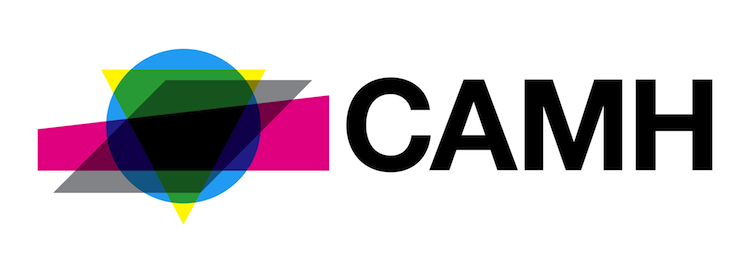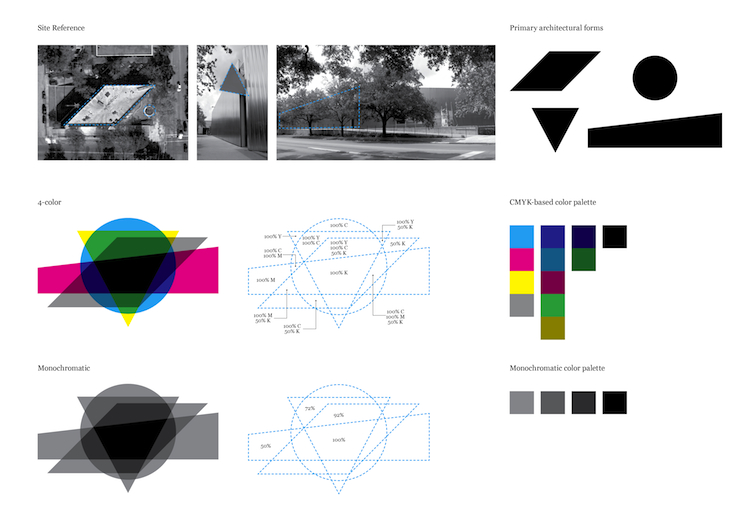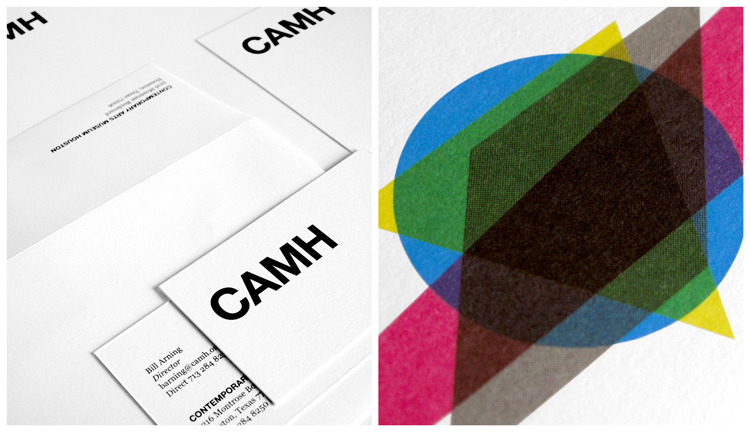A great article with ideas for marketing through signage!
-----------------------------------------------------------------
Social media. Search engine ads. Mobile marketing.
Kevork Djansezian, Getty Images
You can market your small business in a lot of sexy new ways, but hold on. Don't overlook one of the most tried-and true ways to let people know about your business.
I'm talking about signs.
The concept is hardly ground breaking, but that's why they're easily forgotten. Signs are cheap and easy, but best of all they work.
Consider:
1. As we discussed the need for an online document-storage system, a few of us suggested the same company. Why? We had seen a huge billboard on the freeway.
2. For each trade show where we exhibit, we print a special sign featuring our newest product and a special offer for attendees. The sign costs about $100 but dramatically increases the number of people who come to our booth.
3. My carpet cleaner parks his truck, his unmarked truck, in my driveway on a very busy street. For a few bucks, he could get a magnetic sign and let hundreds of potential customers see his name and phone number. No sign, no ad.
Signs come in all forms and sizes -- a billboard in Times Square, an awning over your restaurant's front door, the name of your construction company on the side of your truck, someone standing on a corner wildly waving a sign pointing to your furniture store.
They can be inside or outside your place of business -- a banner printed at a copy shop announcing a blow-out sale or a hand-printed sign on a "staff favorites" shelf at a book store.
Signs get people's attention.
Besides being pretty cheap, another advantage is that typically they're persistent -- unlike a TV or website ad that disappears in 30 seconds or a Facebook posting that gets pushed down within an hour.
Invest in them once, and they generally stay around a long time without social media's ever-present need to update. Once you design the sign, you may not have to think about it for years.
When considering signs for your business, carefully consider what they'll look like and where you'll place them:
-- Keep the colors, type style, logo, and tagline consistent with all your other corporate identity and branding.
-- Make your message very brief, perhaps as few as seven to 10 words, as they'll have to be understood quickly
-- Use type large enough to be seen from the street or further away if necessary.
-- Make sure your signs are visible to people coming from every direction whenever possible.
-- Use high-contrast colors. Black text on a yellow background is considered the most readable combination, followed by black text on white, and white on black.
-- Keep your sign distinctive from its surroundings. If the sign will be surrounded by trees, avoid using too much green. Also try to make your sign different in shape, size, and style from other signs around it.
-- Make sure your sign is well illuminated if it needs to be seen at night.
Just because a location seems like a great place for a sign doesn't mean you can put your sign there.
Even at your own place of business, it's likely that your city or town has regulations strictly limiting the size and nature of the sign you can put up -- how large, whether it can have lighting, at what hours, and so forth.
It's also illegal to post signs or posters in most public locations or on others' private property. And you can't just put up a poster at a bus stop. You have to pay the transit authority for that privilege.
Rhonda Abrams is president of The Planning Shop and publisher of books for entrepreneurs. Her newest is the 5th edition of The Successful Business Plan: Secrets and Strategies. Register for Rhonda's free newsletter at www.PlanningShop.com and "like" The Planning Shop on Facebook for updates. See an index of Abrams' columns.Twitter: twitter.com/RhondaAbrams. Copyright Rhonda Abrams 2011.










